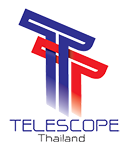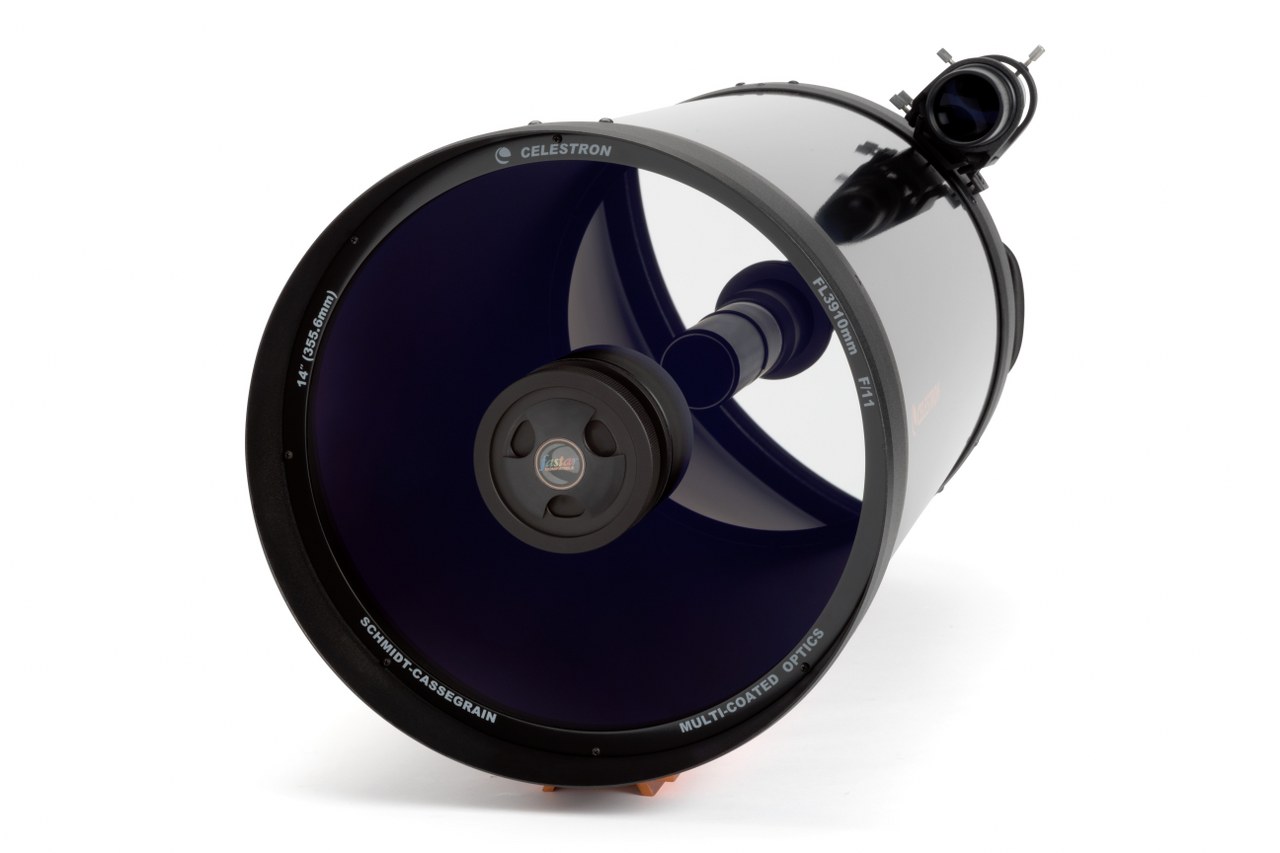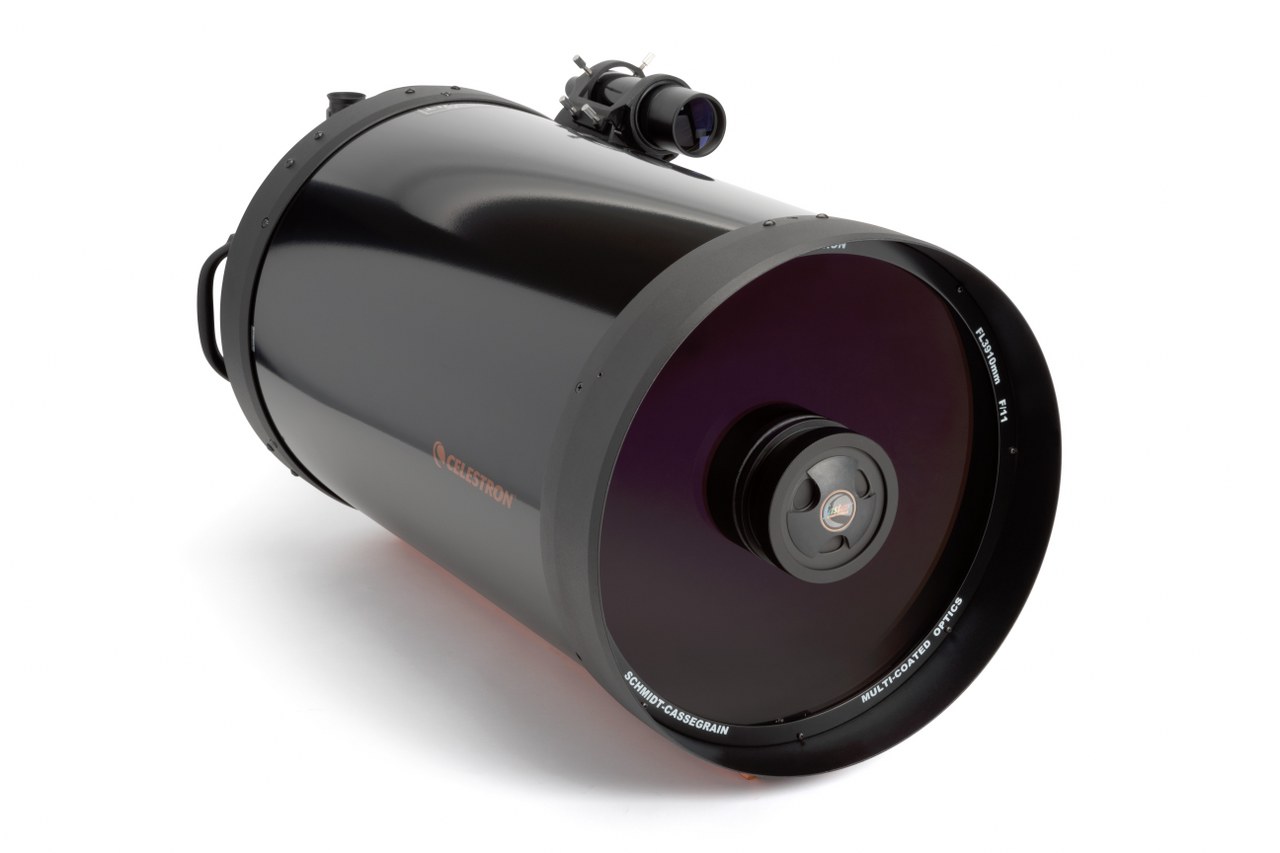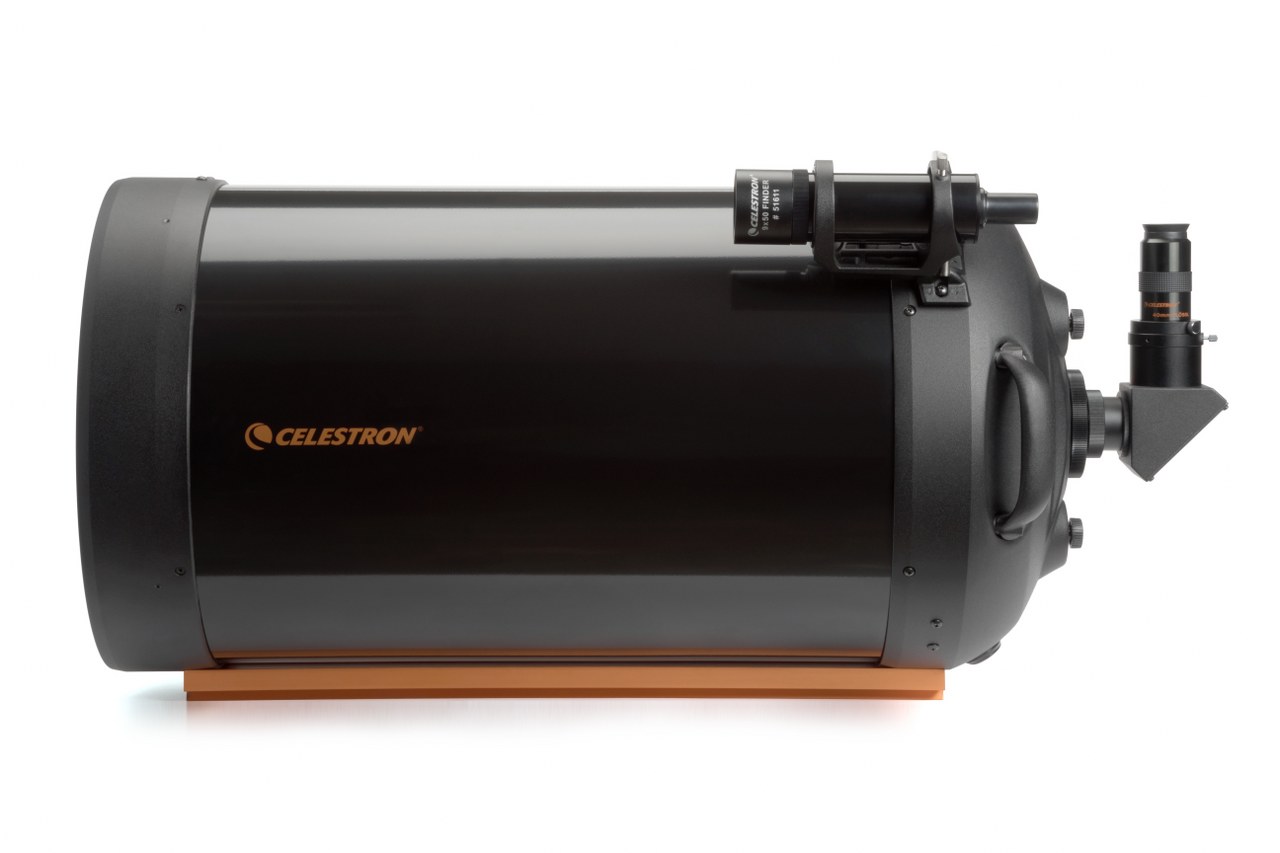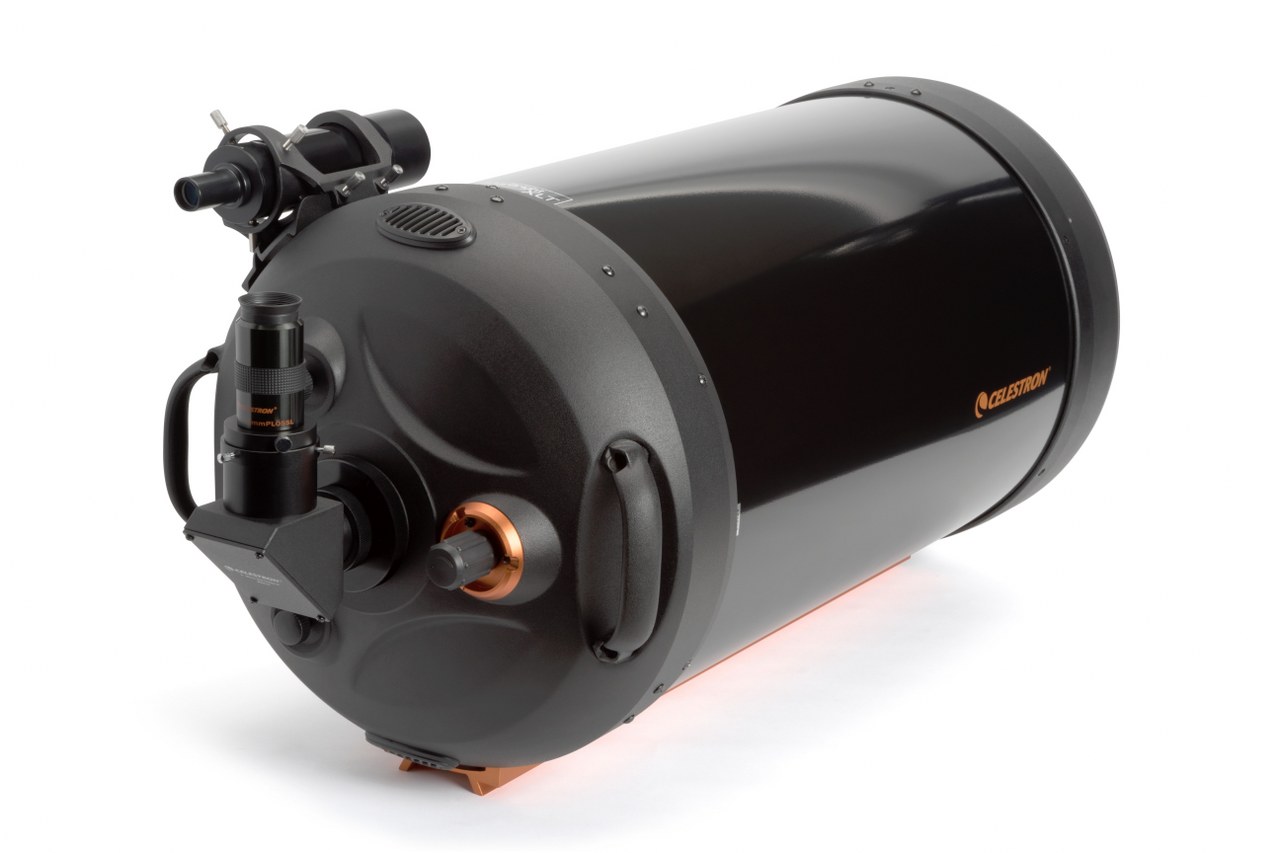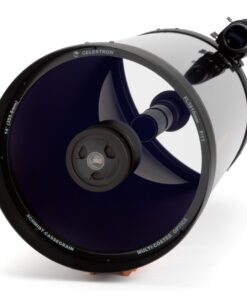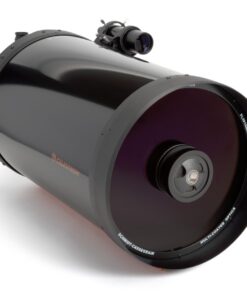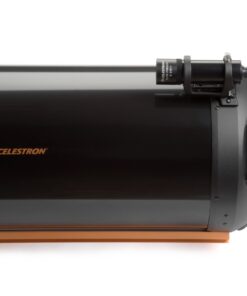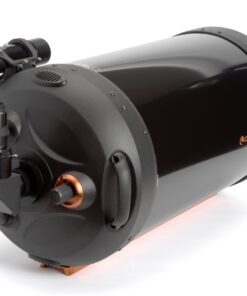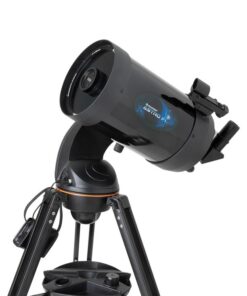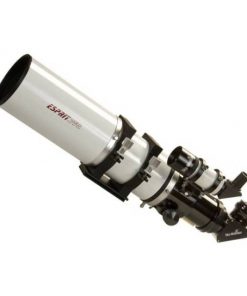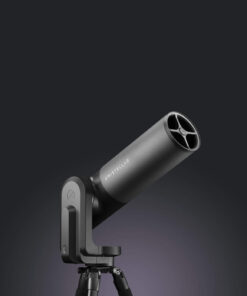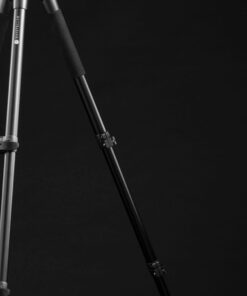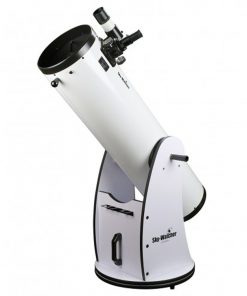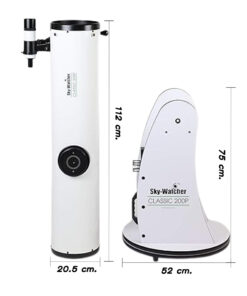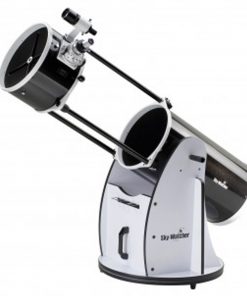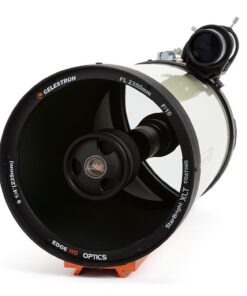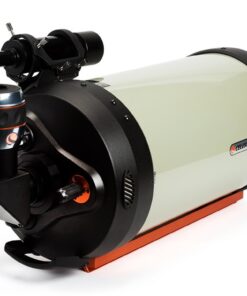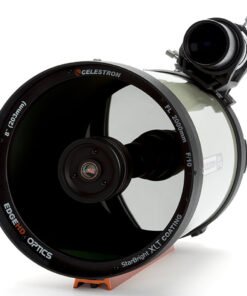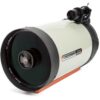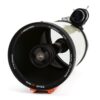กล้องดูดาวผสม Schmidt-Cassegrain C14 Optical Tube Assembly (CGE Dovetail)
- กล้องดูดาวผสมแบบ Schmidt-Cassegrain Optical Tube Assembly (OTA) ขนาดหน้ากล้อง 14″ ความยาวโฟกัส 3910 มม. เคลือบเลนส์แบบพิเศษ Starbright XLT ซึ่งเป็นลิขสิทธิเฉพาะของ Celestron
- เลนส์ใกล้ตา 40mm.กำลังขยาย 98 เท่า ไดอากอนอล(Diagonal) 2″ Star Diagonal กล้องเล็ง 9×50

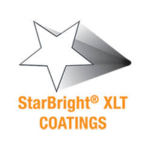
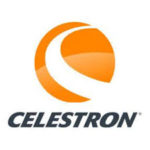
Description
กล้องดูดาวผสม Celestron C14-AF XLT เป็นเครื่องมืออาชีพ ที่ให้รายละเอียดระดับเดียวกับหอดูดาวนี้ ใหญ่ที่สุดในกลุ่มเดียวกัน โดยมีพลังรวบรวมแสงมากกว่ากล้องโทรทรรศน์ขนาด 8 นิ้วถึงสามเท่า ด้วย OTA นี้ คุณสามารถดูรายละเอียดที่น่าทึ่งบนพื้นผิวของดาวพฤหัสบดี แก้ไขรายละเอียดบนพื้นผิวของดาวอังคาร ดูรายละเอียดของ Cassini ในวงแหวนของดาวเสาร์ และแม้แต่ดาวเคราะห์ที่อยู่ห่างไกลของดาวยูเรนัสและดาวเนปจูน
C14 สามารถรวบรวมแสงอย่างจริงจังในหลอดออปติคัลอะลูมิเนียมที่ทนทาน เป็นเครื่องมือในอุดมคติสำหรับการถ่ายภาพดวงดาวอย่างจริงจัง โดยให้ภาพที่มีคอนทราสต์สูงแม้ใช้กำลังขยายสูงมาก มาพร้อมกับการเคลือบออปติคัล StarBright® XLT ที่ได้รับสิทธิบัตรของ Celestron ซึ่งเพิ่มความเปรียบต่างและการส่องผ่านของแสงอย่างเห็นได้ชัดสำหรับภาพในห้วงอวกาศที่สว่างขึ้นและเวลาในการเปิดรับแสงที่สั้นลง
หลอดนี้มีอัตราส่วนการโฟกัสที่ f/11 ด้วยความเก่งกาจของ Fastar (ดูด้านล่าง) คุณยังสามารถจับคู่กับตัวลดโฟกัส f/6.3 เพื่อตัวเลือกการถ่ายภาพทางดาราศาสตร์ที่มากยิ่งขึ้น
OTA ที่เป็นเรือธงนี้สามารถติดตั้งบนกล้องส่องทางไกลแบบใช้คอมพิวเตอร์จำนวนมากได้ ด้วยแถบประกบสไตล์ CGEM รับรองว่าการสังเกตและการถ่ายภาพของคุณก้าวไปอีกระดับอย่างแน่นอน
เทคโนโลยี Fastar
ในปี 1997 CCD ได้สร้างชื่อให้กับตัวเองในโลกการถ่ายภาพดาราศาสตร์ โดยได้เข้ามาแทนที่การถ่ายภาพด้วยฟิล์มแบบดั้งเดิมอย่างรวดเร็วด้วยความเร็วและความสะดวก ปีนี้เป็นปีที่ Celestron ร่วมมือกับ Santa Barbara Instruments Group (SBIG) ในการผลิต Fastar ซึ่งเป็นส่วนเสริมที่ปฏิวัติวงการของระบบออปติคัล Schmidt-Cassegrain (SCT) ที่ได้รับความนิยมอย่างสูงของ Celestron
Fastar ช่วยให้ถอดกระจกรองของ SCT ออกและแทนที่ด้วยชุดเลนส์แบบ Field-Flattening (จำหน่ายแยกต่างหากโดยผู้ผลิตรายอื่น) เพื่อให้สามารถใช้กล้อง CCD ที่ด้านหน้าของกล้องโทรทรรศน์ที่โฟกัส f/2 ของเครื่องมือได้ กระจกหลัก ศักยภาพของระบบ Fastar นั้นน่าทึ่งมาก: การเปิดรับแสงจะสั้นกว่าเมื่อวางกล้องไว้ที่โฟกัสปกติที่ f/11 ของเครื่องมือถึง 25 เท่า นักถ่ายภาพสามารถจับภาพกาแลคซี่และเนบิวลาด้วยการเปิดรับแสงเพียง 30 วินาที
สำหรับข้อมูลเพิ่มเติมเกี่ยวกับเทคโนโลยี Fastar ของเรา โปรดเยี่ยมชมที่นี่
สารเคลือบ StarBright XLT
StarBright XLT คือระบบการเคลือบด้วยแสงที่ปฏิวัติวงการของ Celestron มีประสิทธิภาพเหนือกว่าสารเคลือบอื่นๆ ทั้งหมดในตลาดกล้องโทรทรรศน์เชิงพาณิชย์อย่างต่อเนื่อง มีสามองค์ประกอบหลักที่ประกอบกันเป็นการออกแบบระบบออปติคัลการส่งสัญญาณสูง StarBright XLT ของเรา:
การเคลือบกระจกหลายชั้นที่ได้รับการปรับปรุงอย่างมีเอกลักษณ์ซึ่งทำจากชั้นที่แม่นยำของอะลูมิเนียม SiO2 (ควอตซ์) TiO2 (ไททาเนียมไดออกไซด์) และ SiO2 (ซิลิกอนไดออกไซด์) การสะท้อนกลับค่อนข้างแบนตลอดสเปกตรัม โดยปรับให้เหมาะสมสำหรับทั้งการถ่ายภาพและการสังเกตด้วยภาพ
สารเคลือบป้องกันแสงสะท้อนหลายชั้นที่ทำจากชั้นที่แม่นยำของ MgF2 (แมกนีเซียมฟลูออไรด์) และ HfO2 (แฮฟเนียมไดออกไซด์) ฮาฟเนียม—องค์ประกอบหายากที่มีราคาเกือบ 2,000 ดอลลาร์ต่อกิโลกรัม—ทำให้เรามีแถบคาดที่กว้างกว่าไททาเนียมที่ใช้ในการเคลือบของคู่แข่ง
แก้วน้ำส่งกำลังสูงสีขาวใช้แทนแก้วโซดาไลม์สำหรับเลนส์คอร์เรคเตอร์ แก้วน้ำสีขาวส่งแสงได้ประมาณ 90.5% โดยไม่มีการเคลือบป้องกันแสงสะท้อน ซึ่งดีกว่าแก้วโซดาไลม์ที่ไม่เคลือบ 3.5% เมื่อใช้แก้วน้ำสีขาวร่วมกับสารเคลือบป้องกันแสงสะท้อนของ StarBright XLT การส่งผ่านข้อมูลโดยเฉลี่ยจะอยู่ที่ 97.4 อย่างน่าอัศจรรย์
ส่วนประกอบทั้งสามนี้ทำให้ StarBright XLT เป็นหนึ่งในสารเคลือบที่ดีที่สุดที่มีอยู่ สำหรับข้อมูลเพิ่มเติมเกี่ยวกับการเคลือบ StarBright XLT ที่ได้รับสิทธิบัตรของเรา โปรดเยี่ยมชมที่นี่
Description
The Celestron C14-AF XLT optical tube is a world-class instrument that delivers a level of detail to all your favorite deep sky objects. This observatory-ready instrument the largest in its class with over three times the light gathering power of an 8″ telescope. With this OTA, you can see amazing detail on the surface of Jupiter, resolve details on the surface of Mars, see Cassini’s Division in the rings of Saturn, and even the distant planets of Uranus and Neptune.
The C14 packs serious light gathering ability into its durable aluminum optical tube. It’s an ideal instrument for serious astrophotography, providing high-contrast views even at very high magnifications. It is equipped with Celestron’s patented StarBright® XLT optical coatings, which visibly increase contrast and light transmission for brighter deep space images and shorter exposure times.
The tube offers a focal ratio of f/11 with the added versatility of Fastar (see below). You can also pair it with the f/6.3 focal reducer for even more astroimaging options.
This flagship OTA can be mounted on a multitude of computerized telescope mounts thanks to its CGEM-style dovetail bar. It’s sure to take your visual observing and imaging to the next level.
Fastar Technology
In 1997, CCDs were making a name for themselves in the astrophotography world, quickly supplanting traditional film photography thanks to their speed and convenience. This was the year that Celestron joined forces with the Santa Barbara Instruments Group (SBIG) to produce Fastar, a revolutionary add-on to Celestron’s hugely popular Schmidt-Cassegrain (SCT) optical system.
With Fastar, the SCT’s secondary mirror can be removed and replaced with a field-flattening lens assembly (sold separately by third party manufacturers) so that a CCD camera can be used in the front of the telescope at the f/2 focus of the instrument’s primary mirror. The potential of the Fastar system is staggering: exposures are 25 times shorter than if the camera was placed at the instrument’s native f/11 focus. Imagers can capture galaxies and nebulae with exposures of just 30 seconds.
For more information about our Fastar technology, visit here.
StarBright XLT coatings
StarBright XLT is Celestron’s revolutionary optical coating system. It consistently outperforms all other coatings in the commercial telescope market. There are three major components that make up our StarBright XLT high-transmission optical system design:
Unique enhanced multi-layer mirror coatings made from precise layers of aluminum, SiO2 (quartz), TiO2 (titanium dioxide), and SiO2 (silicon dioxide). Reflectivity is fairly flat across the spectrum, optimizing it for both imaging and visual observing.
Multi-layer anti-reflective coatings made from precise layers of MgF2 (magnesium fluoride) and HfO2 (hafnium dioxide). Hafnium—a rare element that costs nearly $2,000 per kilogram—gives us a wider band pass than the titanium used in competing coatings.
High-transmission water white glass is used instead of soda lime glass for the corrector lens. Water white glass transmits about 90.5% of light without anti-reflective coatings; that’s 3.5% better than uncoated soda lime glass. When water white glass is used in conjunction with StarBright XLT’s anti-reflective coatings, the average transmission reaches an astonishing 97.4.
These three components make StarBright XLT one of the finest coatings available. For more information about our patented StarBright XLT coatings, visit here.
Specification
กล้องดูดาวผสม Schmidt-Cassegrain C14 Optical Tube Assembly (CGE Dovetail)
ประเภทกล้องดูดาว (Optical Design):
Schmidt-Cassegrain
เส้นผ่านศูนย์กลาง (Aperture):
355 mm.
ความยาวโฟกัส (focal length):
3910 mm.
อัตราส่วนความยาวโฟกัส (focal ratio):
f/11
เลนส์ใกล้ตา (Focal Length of Eyepiece 1):
40mm (1.57″)
กำลังขยายที่มาในชุด (Magnification of Eyepiece 1):
98x
กล้องเล็ง (Finderscope) :
9×50
ไดอากอนอล (Star Diagonal):
2″ with 1.25″ adapter
วัสดุตัวกล้องดูดาว (Optical Tube):
Aluminum
กำลังขยายสูงสุด (Highest Useful Magnification):
840x
กำลังขยายต่ำสุด(Lowest Useful Magnification):
51x
โชติมาตรปรากฏ(Limiting Stellar Magnitude):
15.3
Resolution (Rayleigh):
0.39 arc seconds
Resolution (Dawes):
0.33 arc seconds
ความสามารถรวมแสง Light Gathering Power (Compared to human eye):
2581x
Secondary Mirror Obstruction:
114mm (4.5″)
Secondary Mirror Obstruction by Diameter:
32%
Secondary Mirror Obstruction by Area:
10%
เทคโนโลยีการเคลือบระบบเลนส์ (optical coated):
StarBright XLT
ความยาวลำตัวท่อกล้องดูดาว (Optical Tube Length):
787mm (31″)
ขนาดลำตัวท่อกล้องดูดาว (Optical Tube Diameter):
400.5mm (15.77″)
น้ำหนักกล้องดูดาว (Optical Tube Weight):
46 lbs (21 kg)
ประเภทฐานรอง (Dovetail):
CGE Dovetail Bar
